15 of the Most Dangerous Plants for Dogs, Indoors and Outside

You love your houseplants, but you also love your dog. And sometimes those two don’t mix! If you’re a pet parent and a plant parent, you should know what plants are harmful to dogs to keep your fur baby safe.
If a plant is toxic, you can't count on a pet simply ignoring it. Even if a plant you’ve had for years has gone untouched, your dog may suddenly show interest in it.
“We have no idea why a dog may suddenly decide to chew on a plant that’s been in your home for years,” says Tina Wismer, DVM, senior director of toxicology for the ASPCA Animal Poison Control Center. “That’s why it’s important to know what toxic plants are in your home or garden so you can protect your pet.”
Some plants may cause mild tummy upset and vomiting when ingested. But, unfortunately, others can cause life-threatening symptoms such as heart problems, seizures, or death, says Dr. Wismer.
The severity of your dog’s reaction also depends on how much was ingested—just a nibble, versus the whole plant—and the dog’s weight. A dog with underlying health conditions, such as epilepsy, also may be at higher risk for complications, says Dr. Wismer.
Because you often have no idea of knowing how much a pet has ingested, call your vet if your suspect he or she has been noshing on a houseplant or garden plant, even if you’re not entirely sure. Your vet may instruct you to induce vomiting—but never, ever do so without consulting your vet first.
The ASPCA Animal Poison Control Center also runs a 24-hour hotline for pet parents. Save their number in your cell phone (888) 426-4435), and you’ll be ready for any after-hours doggie toxin emergencies.
It’s also important to note that any plant can cause GI upset if your pet ingests enough of it!
Finally, if you know your pet is a nibbler or you have a new pet and aren’t sure of his or her habits, keep an eye on them around houseplants. Puppies also should not be left alone in the yard for many reasons, including the fact that they’re constantly gnawing on everything when they’re teething!
For the most toxic houseplants, it’s smart to keep them out of reach of pets or out of your home completely, says Dr. Wismer. Ditto for toxic landscape plants; either fence them or don't plant them.
Read more: 28 Pet-Friendly Houseplants You Can Grow Without Worry
Here are some of the most common plants that are toxic to dogs, according to Dr Wismer:
Sago Palm
This handsome prehistoric-looking palm is the most dangerous houseplant on the list for dogs, says Dr. Wismer.
Sometimes sago palm is not labeled when you purchase it, but it contains cycasin and can cause liver failure if a dog ingests it.
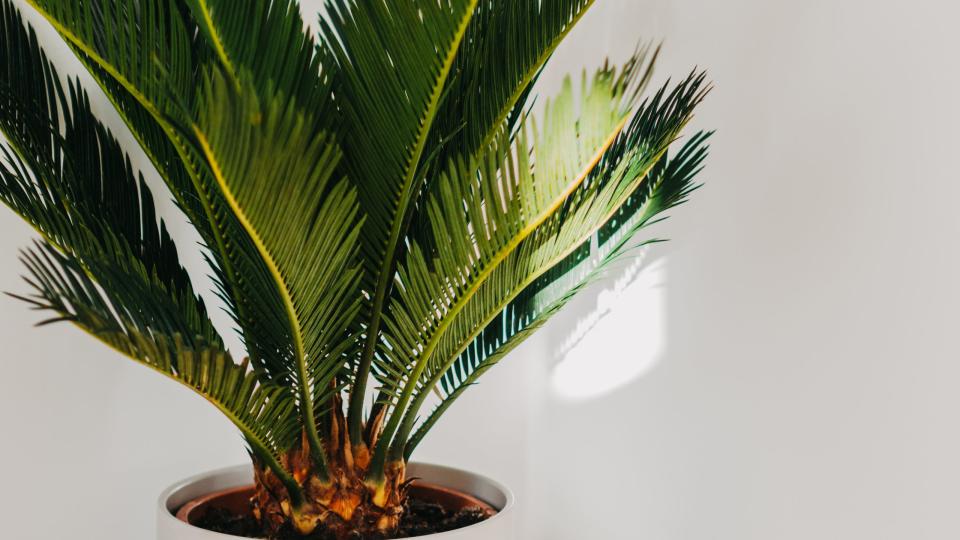
Albuca
Sometimes called sea onion, this unusual curlicue plant is actually not an onion but is in the asparagus family.
It has a bulbous base that irritates the digestive tract. If ingested, your dog may experience bloody vomiting, bloody diarrhea, and heart problems.
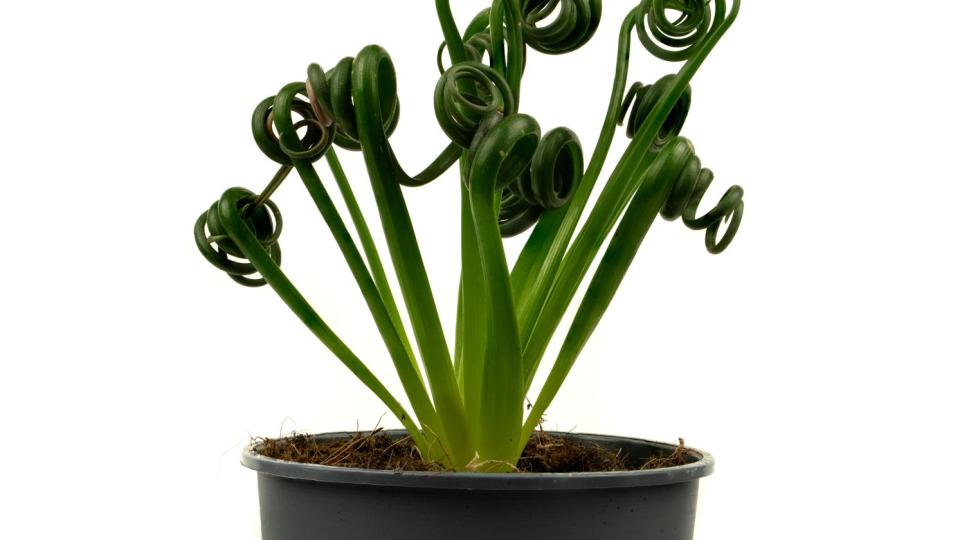
Monstera Deliciosa
This super-popular houseplant has Swiss-cheese-like holes, making it visually striking.
But Monstera is a type of philodendron which contains insoluble calcium oxalates that can cause mild vomiting and swelling of the lips, tongue, and back of the throat.
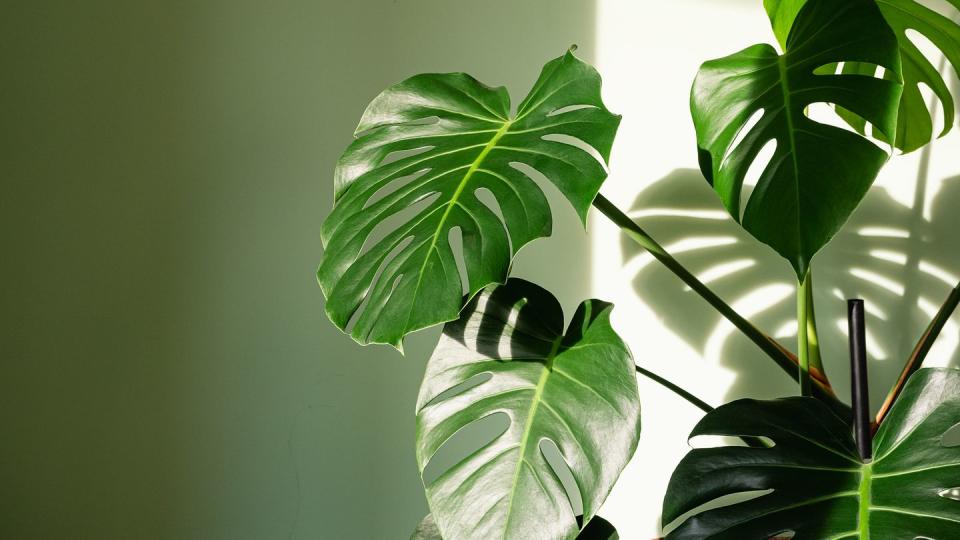
Dieffenbachia
This old favorite is low-maintenance and easy to grow, so you’ll see it sold everywhere.
But it also contains insoluble calcium oxalates with can cause vomiting and mouth and throat swelling.
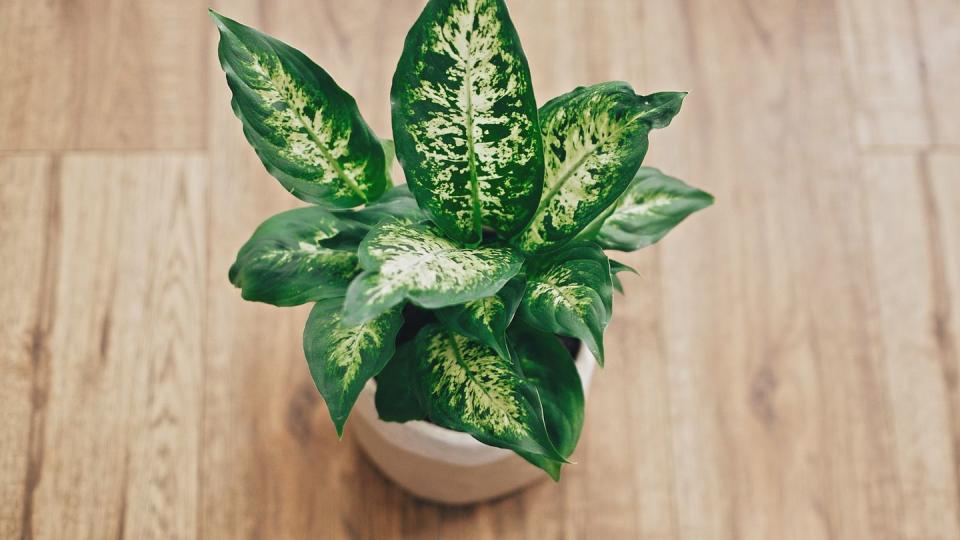
Dracaena
There are many different types of this houseplant, commonly known as corn plant or dragon tree.
They all contain saponins, which can cause bloody vomiting and hypersalivation.

Peace Lily
Another extremely common houseplant peace lily has glossy foliage and white spoon-shaped flowers.
It also contains the insoluble calcium oxalates that cause vomiting, drooling, and burning of the mouth and lips.
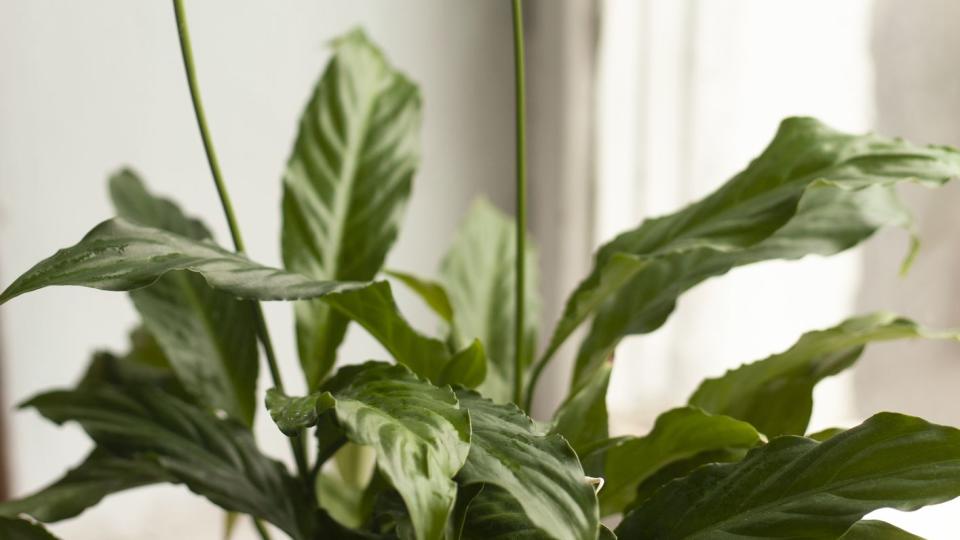
Snake Plant
This low-maintenance houseplant is a favorite of plant parents for its striking architectural form.
But snake plant contains saponins that can cause nausea, vomiting, and diarrhea.
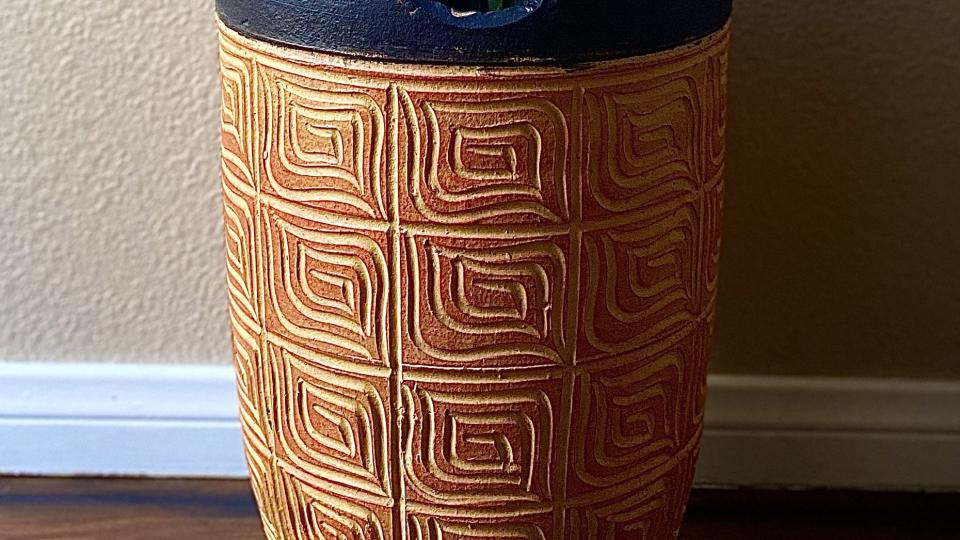
Pothos
Pothos comes in an array of varieties, including those with gold variegated foliage, white swirls, or greenish-gold leaves.
All varieties of this vining plant contains insoluble calcium oxalates that cause vomiting, intense oral discomfort, and mouth swelling.
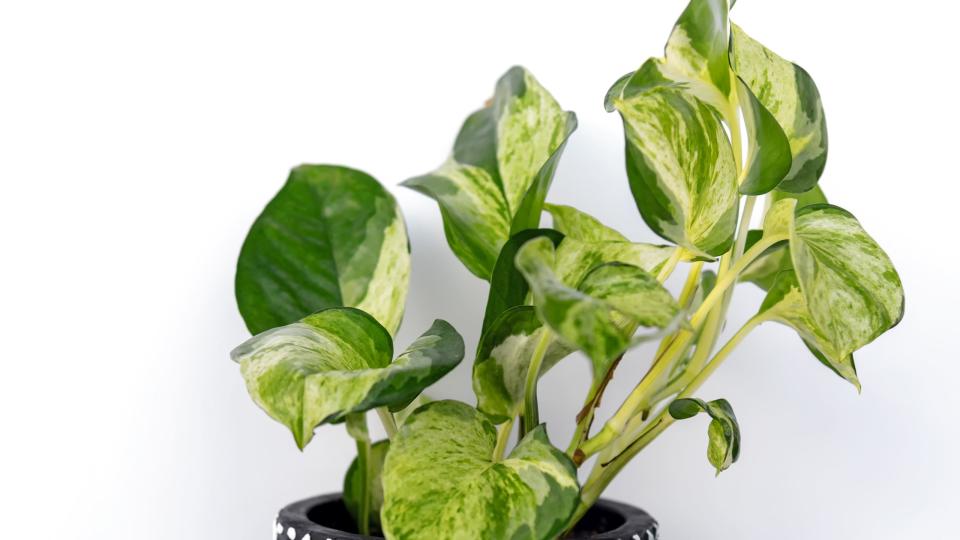
Philodendron
Just like Monstera Deliciosa above, all types of philodendrons are toxic to dogs.
That includes popular houseplants like heartleaf philodendron, Pink Princess philodendron, Moonlight philodendron, Micans philodendron, Brasil philodendron, and Birkin.
They contain insoluble calcium oxalates which can cause oral irritation, vomiting, and excessive drooling.
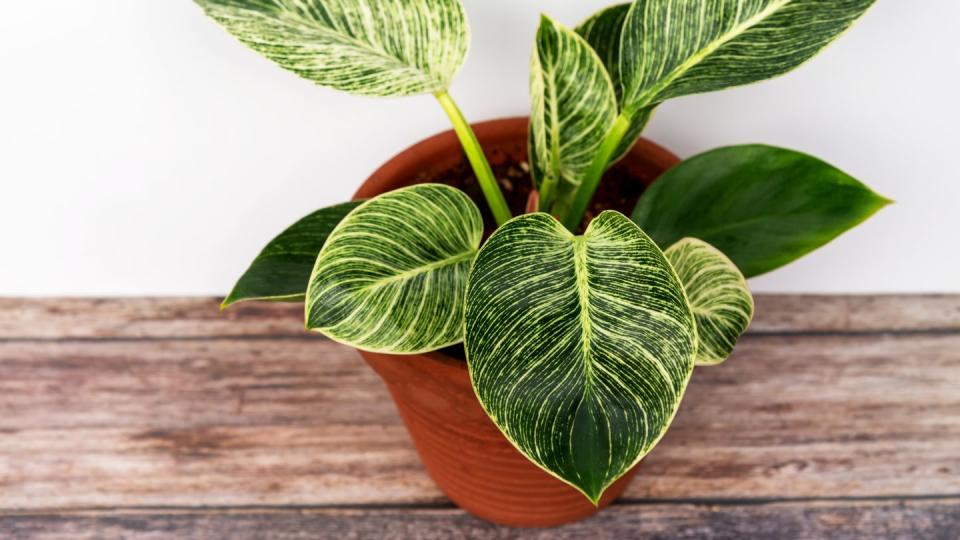
Yew
Yews are common landscape shrubs which may be upright or more low-growing.
Yew contains taxine, which is extremely dangerous when ingested. It can cause seizures and muscle tremors at first, followed by sudden cardiac failure.
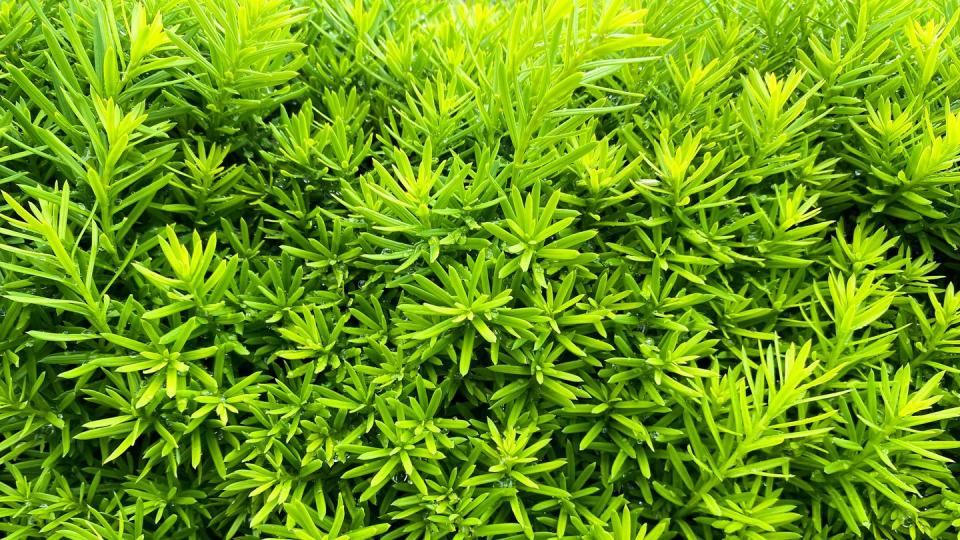
Oleander
This pretty flowering shrub is common in warm climates. All parts of this plant are toxic.
They contain cardiac glycosides which can cause drooling, diarrhea, abdominal pain, and even death.
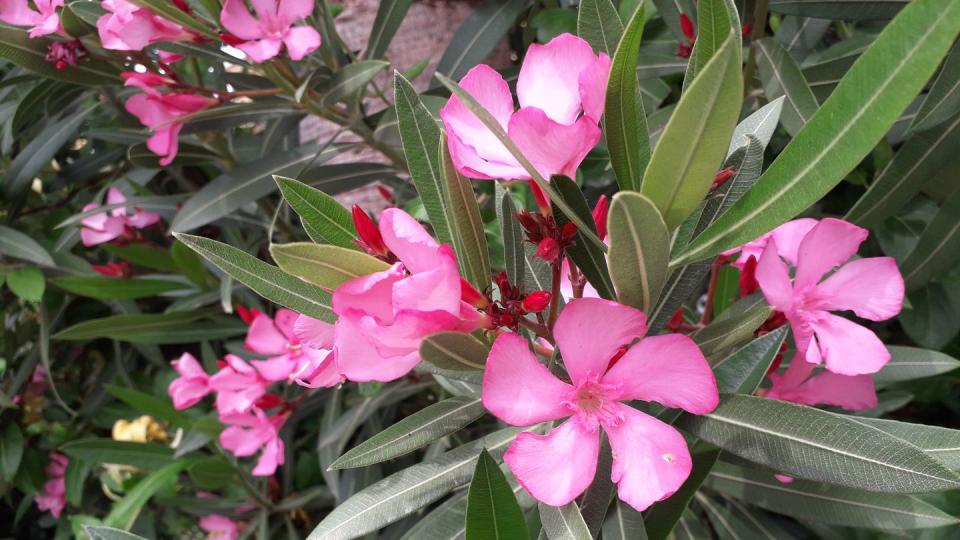
Rhododendron
This broad-leafed evergreen shrub has pretty flowers in the spring.
But it contains grayantoxin, which can cause vomiting, diarrhea, coma, and even death.
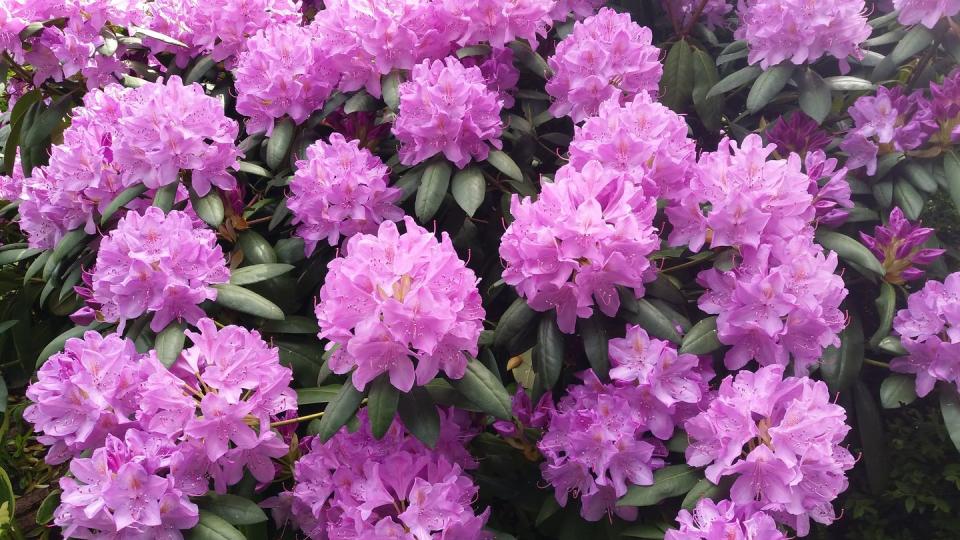
Azalea
Azaleas also have pretty spring blooms, and they may be evergreen or deciduous (drop their leaves).
But they are in the same family as rhododendrons, so they also contain grayantoxin, which can cause vomiting and cardiac failure.
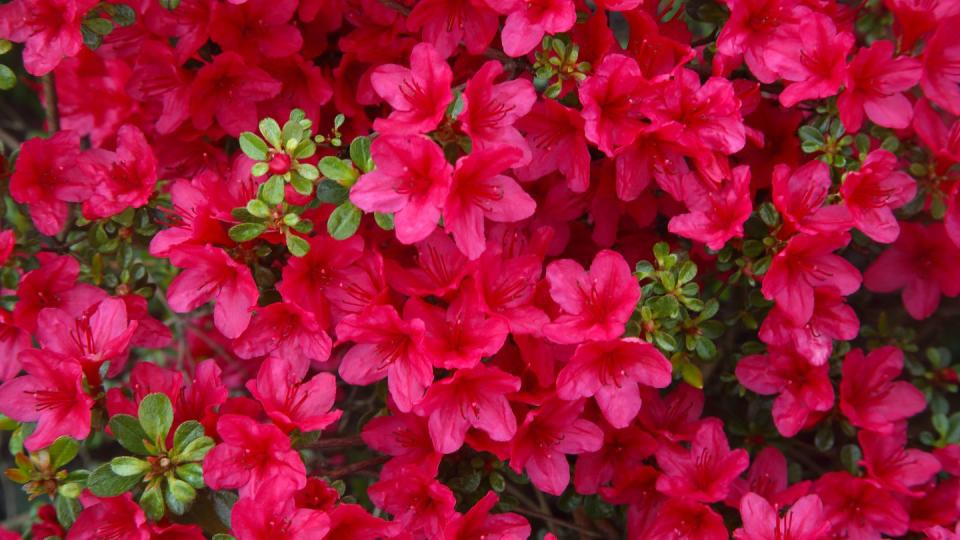
Lily of the Valley
These pretty springtime bell-like flowers create a thick groundcover.
But they contain cardenolides, which cause irregular heartbeat, low blood pressure, and heart failure.
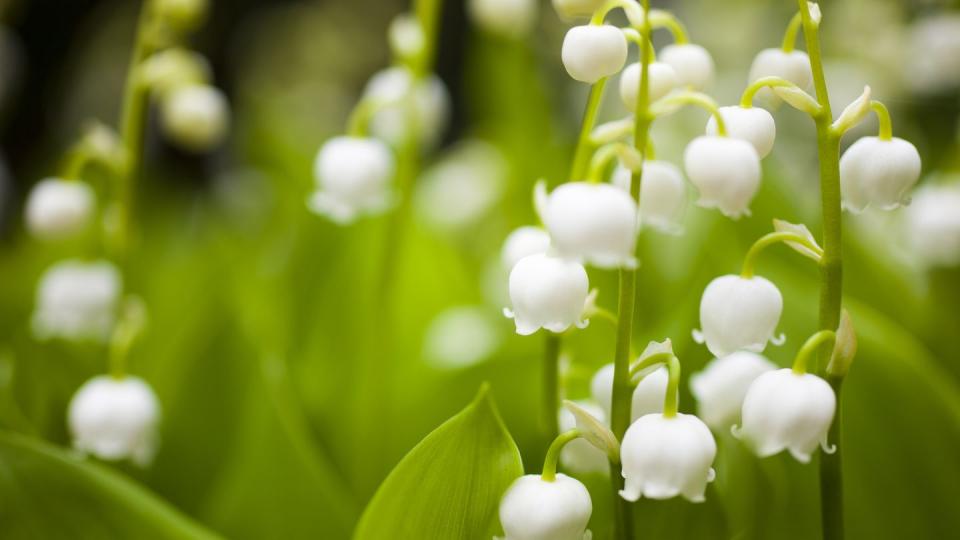
Autumn Crocus
Autumn crocus grows from a bulb, and, as you’d expect, it blooms in fall.
It contains colchicine and other akaloids, which can cause blooding vomiting, diarrhea, organ damage, and bone marrow suppression (anemia).
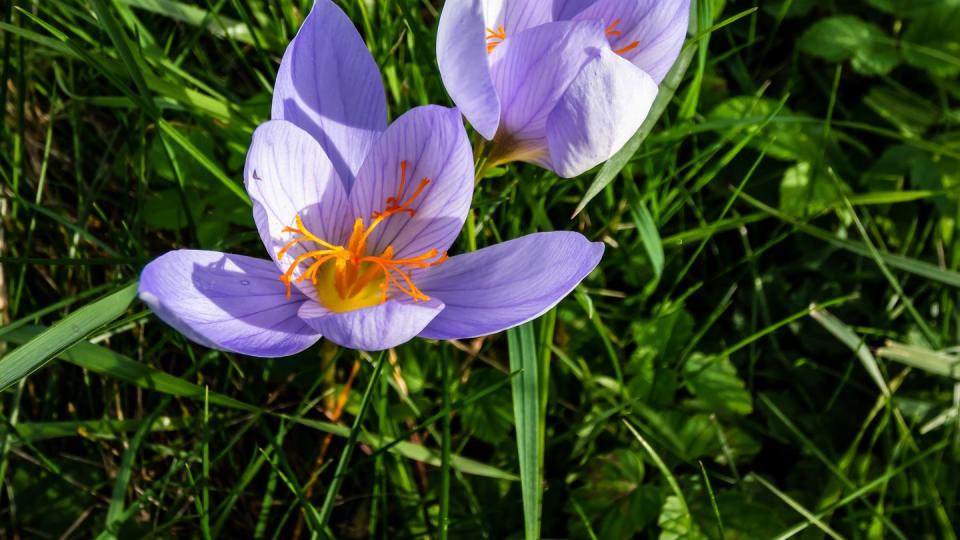
You Might Also Like

